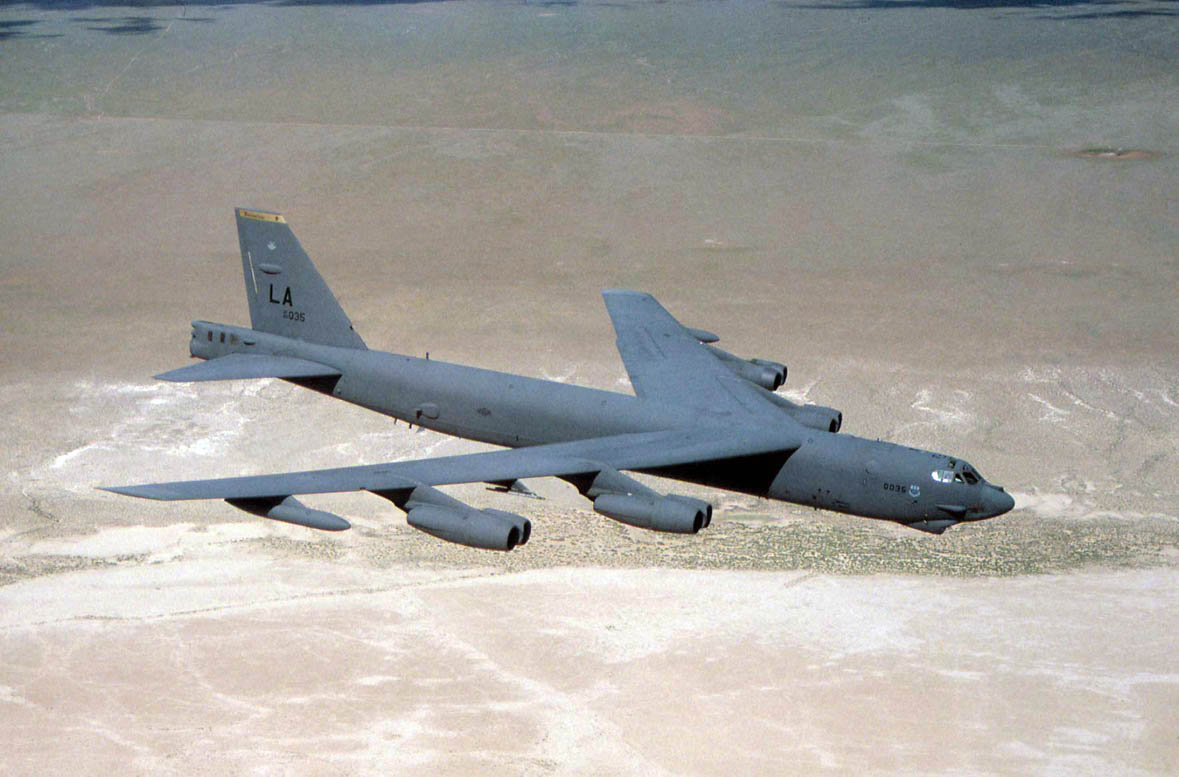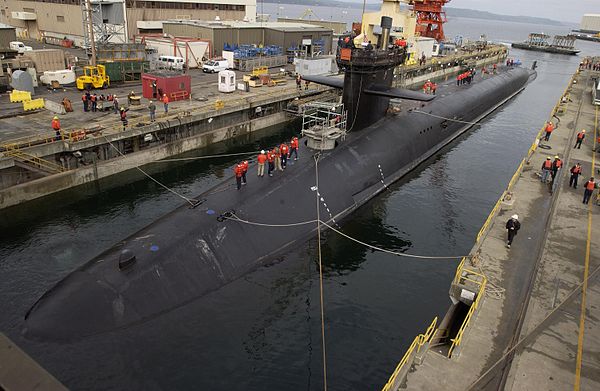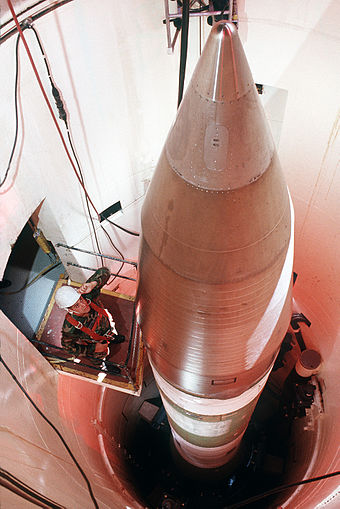Nuclear Weapons 244 - Continuing Resolution Threatens Timely Funding Of Modernization Of U.S. Nuclear Triad
Barack Obama came to the U.S. Presidency in 2008 with plans to work on the elimination of nuclear weapons around the world. However, the increasing nuclear belligerency of Russia and the deterioration of the U.S. nuclear arsenal motivated Obama in 2016 to propose spending a trillion dollars over ten years to upgrade and enhance the U.S. nuclear arsenal.
The U.S. nuclear arsenal is referred to as a "triad" of weapons including nuclear capable bombers, submarine launched nuclear missiles and land based intercontinental nuclear missiles.
The Boeing B-52's that comprise most of the U.S. nuclear bomber fleet are over fifty years old. They have been well-maintained and continuously upgraded but the U.S. really needs new bombers and new air launched cruise missiles.
The second leg of the triad is the U.S. Navy Ohio-class submarines that carry long range nuclear ballistic missiles. The submarines were built decades ago and were supposed to have a lifespan of thirty years. Their lives were extended to forty two years but that time will be up in the next twelve years and they will have to be retired starting in 2029 because they cannot be repaired and maintained any longer.
The third leg of the triad is the land based nuclear Minuteman III missiles in underground silos in three bases in Montana and Wyoming. Their propellant, components and subsystems will be will be wearing out around 2030. Their computer control systems are already decades behind current computer systems.
During the presidential campaign this year, Donald Trump said “our nuclear arsenal, our ultimate deterrent, has been allowed to atrophy and is desperately in need of modernization and renewal.” He repeated this theme often in speeches and interviews.
Furious battles over the budget between the Republicans and Democrats have prevented Congress from approving a complete budget before the start of the fiscal year in October since 1997. The U.S. government has been funded since 1997 by what is referred to as "continuing resolutions." Under continuing resolutions, government programs are funded at the level set in the previous year and no new programs can be started until a budget is passed.
President-elect Trump's transition team has announced that it would like to see the current continuing resolution extended at least until March 31st, 2017. Considering that the current fiscal year began on October 1st of this year, that means that the continuing resolution will be observed for at least half of the current fiscal year. Analysts say that plans for modernizing the U.S. nuclear arsenal are very time sensitive and cannot be delayed significantly without the danger of aging system becoming unusable before new systems are in place.
The Air Force has awarded a contract for the development of a new nuclear capable bomber but it is virtually inevitable that there will be delays in the construction of new bombers as the old bombers have to be retired. The first replacement for the Ohio-class submarines is supposed to be launched in 2021. That is a very tight schedule that could be delayed if there are any problems in the development and construction of the new submarines. The Air Force has not picked a contractor yet to build replacements for the Minuteman missiles. If the project to develop, test and deploy hundreds of replacement missiles is not started soon, the old missiles may become unreliable before the new missiles are available.
The use of the continuing resolution means that until a new budget is passed after March, no critical additional funds will be available to begin the upgrade and modernization needed for the U.S. nuclear triad. There are now calls for Congress to suspend the normal rules for continuing resolutions so that the upgrade and modernization program can begin as soon as possible.
U.S. Nuclear Triad:


